1. “Shoulderblade kisses” aka scapula retraction exercise.
You know that spot between your shoulderblades that gets tense all the time? Well, it’s not actually tense: it’s stretched. Those are your rhomboids and the pain they experience is the price we pay for using a computer, studying, driving a car, texting, and any other activity that involves our arms being out in front of us. That position brings our shoulders and our shoulderblades forward into protraction. That stretches out the rhomboids and causes them to tense up in an effort to counteract our slump.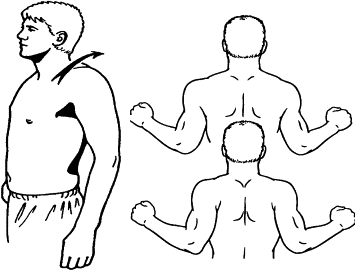
What do? Take your arms out to the sides, Jesus-style. Now bend your elbows and try to bring them behind your back. Your forearms should still be out to the sides. You’ll kind of look like you’re trying to pick a fight with someone. Do 25 of these and you should be able to feel those rhomboids getting stronger, pulling your shoulders back where they should be.
2. “Write the alphabet with your nose” aka neck exercises.
Stiff neck? Tension headaches? You might be tempted to stretch. Don’t. Necks are super-prone to adhesions and trigger points, both of which can actually get worse if you stretch without warming up the muscles first. Next time you wake up with neck pain, try exercising it instead of stretching.
What do? My favorite is the alphabet exercise, in which you pretend the tip of your nose is a pencil and write the alphabet with it. Start off small with A and get bigger until the Z is huge. That takes your neck through a lot of different motions.
3. “Play superman” aka back extension exercises.
Hand-in-hand with the shoulder slump is the back curve. This usually presents as pain in the mid-back on either or both sides of the spine, in what’s called the erector spinae group (or ESGs in massage lingo). True to their Latin, the ESGs hold us upright–but when we’re slumping forward all the time they, like the rhomboids, get stretched out and weakened. Then when we go to lift something too heavy and bend over instead of using our legs, we get that eeeeeeak feeling in our back that is the ESGs informing us that this shit is not on.

What do? Lie on your front with your arms out to the sides. The picture above is kind of advanced: feel free to not have your arms out so far above your head, I only have my arms at a ninety-degree angle with my shoulders, frankly. Start off with maybe 20 reps of that motion and work your way up to 50 and arms straight out. Don’t overwork the muscles, but get them going.
4. “Cobra pose” aka psoas stretch.
You ever get that pain in your low back from sitting in a chair for a long time? That’s your psoas being a jerk. This stretch is a natural transition from the superman exercises. Really, it stretches a whole lot of things that need it, but especially the psoas muscles. The psoas attaches to the fronts of the vertebrae in the small of your back and run down through the pelvis to end up on the insides of your legs. It’s a waist flexor, which means that all that time you spend sitting down is teaching it to be short. Then when you go to stand up, it wants to STAY short instead of stretching, and the result is a sharp, powerful tug on your lumbar vertebrae and a helluva lot of low back pain.
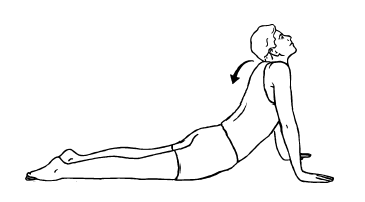 What do? Lie on your front and lift your torso until you are propped up on your elbows. You should feel a stretch in your abdomen. If you don’t, go up onto your hands like the figure to the right.
What do? Lie on your front and lift your torso until you are propped up on your elbows. You should feel a stretch in your abdomen. If you don’t, go up onto your hands like the figure to the right.
If you still don't feel a stretch, try doing this. Then get the hell away from me. What's wrong with you, do you not have a freaking spine??
5. “Foam rolling your IT band” aka WHY GOD WHY DOES IT HURT??

I don’t know who made that picture but it is 100% accurate. See, there’s this swath of connective tissue (think tendons and ligaments) that runs down the sides of both your thighs from your hips to your knees, called the Iliotibial Band, or IT band or ITB for short. The ITB, being sticky-wicky connective tissue, loves to get tangled up in everything around it, which is primarily the hamstrings and the quads. The adhesions that form along the whole length of the ITB prevent both these muscles groups from relaxing, and leads to all sorts of painful things, from torn hamstrings to kneecaps getting out of alignment and wearing down cartilage (thus necessitating knee replacements) to hip issues (gluteus maximus aka “the butt” feeds into the ITB and tugs on the sacro-iliac joints). Basically the ITBs want to fuck up your entire lower body.
What do? Well, if you’ve got a high pain threshold like the lady with the rictus grin in the picture, you can buy a foam roller and plop down on it like she is, then roll back and forth to your heart’s screaming, agonized content. If, however, your IT band is as sensitive as most people’s, I recommend a) taking a hot shower/bath before rolling, as it makes the ITB more pliable, or b) getting a hard plastic water bottle (one that won’t crack and has a tight lid!!), filling it up with warm water, and using that instead. You can simply sit in a chair and rub it up and down your legs from hip to knee. Do it for about five minutes each day and that will relax the IT band as well as loosen the adhesions to the hamstrings and quadricep muscles. Stretch both those muscle groups afterwards for maximum benefit!
Again, these are just the things that I’ve found to be most helpful for my clients. I take no responsibility if you injure yourselves actually doing these things, and especially no responsibility if you actually decide to foam roll your IT band. Seriously, that shit hurts.
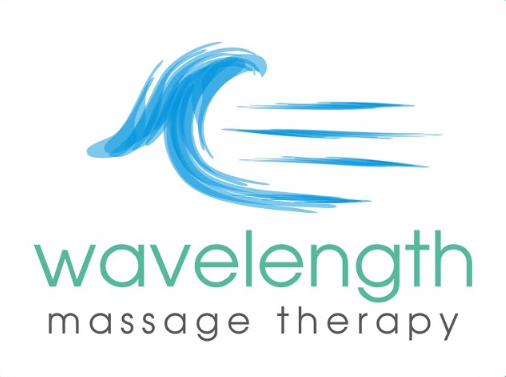
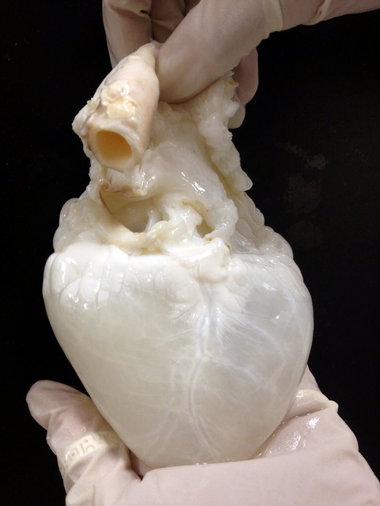


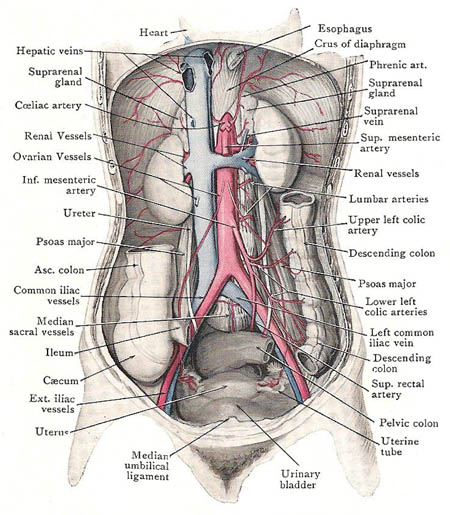
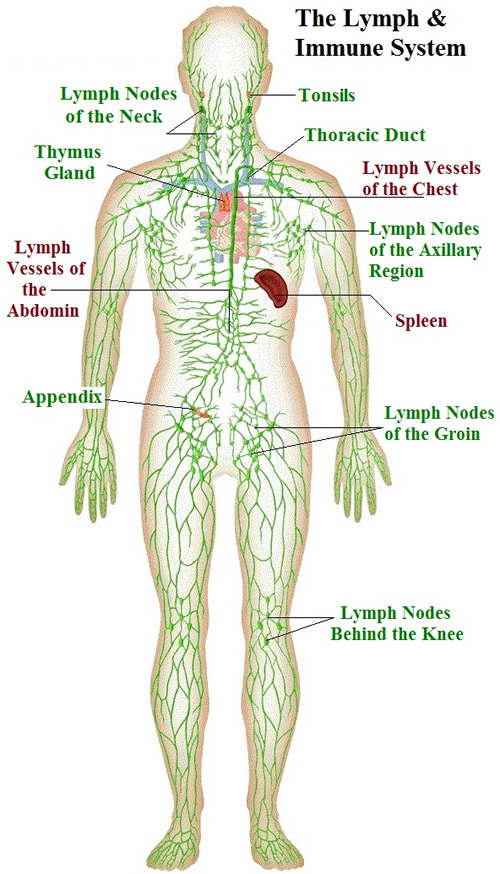


 What do? Lie on your front and lift your torso until you are propped up on your elbows. You should feel a stretch in your abdomen. If you don’t, go up onto your hands like the figure to the right.
What do? Lie on your front and lift your torso until you are propped up on your elbows. You should feel a stretch in your abdomen. If you don’t, go up onto your hands like the figure to the right.